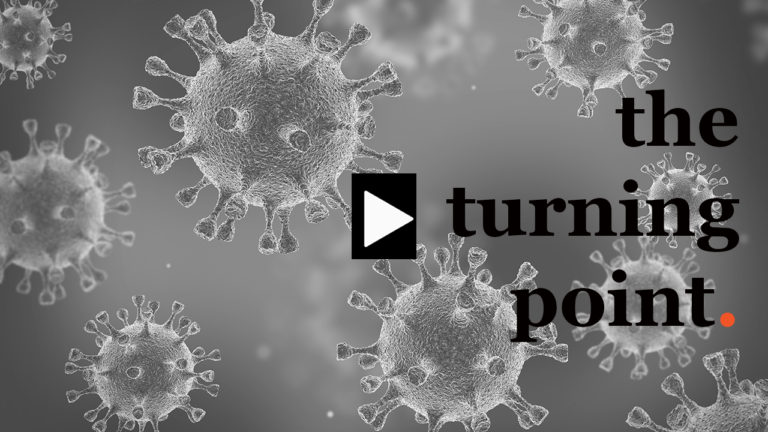What’s Most Important
In the case of Covid-19, core to our thinking should be avoiding severity of disease and death. And as circumstances change that shape the risk of both, so should our thinking, our level of concern, and where we concentrate our energies.

Read Time: 3 minutes
Published:
The degree of protection afforded by any vaccine can be understood in terms of its efficacy and its effectiveness. The distinction between the two terms is important. Efficacy refers to the reduction in biologically proven illness (detected serologically or via culture of the virus from the patient), whereas effectiveness refers to the reduction in clinical consequences, which, for infectious disease like influenza or Covid-19, includes pneumonia, hospitalization, and death.
The influenza vaccine has a variable efficacy; it is not terrific at preventing infections (50%) in years where the vaccine is not well matched to circulating strains of the virus, better (90%) when it is. But the more important purpose of getting vaccinated is in preventing hospitalizations and death. The flu vaccine reduces hospitalization by 90% in healthy adults. More importantly, it decreases the risk of death in the elderly, where most deaths occur, by 20-50%.
The story of Covid-19 and its new vaccines is now being misrepresented by our confusion about efficacy and effectiveness. Media reports have focused far too much on overall efficacy, which fundamentally is concerned with limiting the risk of acquiring the virus, as marked by counts of “cases,” persons who test positive. However, for a virus where a substantial proportion of cases are asymptomatic, and with a majority of cases having mild respiratory symptoms, a key measure of interest should be less on limiting viral spread than on limiting severe cases. Clearly, limiting spread also matters, primarily in order to limit the risk to those who are susceptible to severe disease. Our focus on “flattening the curve” was an effort to ensure that fewer people were sick at any one time, to make sure that the health care system could cope with severe cases of the virus. The burden on health systems — the need to ration intensive care beds and ventilators — is appreciably different depending on the severity of the illness.
That said, based on our experience with influenza, the key measure in our Covid-19 vaccine discussion should be the limiting of severe disease and death. Unfortunately, in the recent announcement of the Johnson & Johnson vaccine release, the media conversation was dominated almost exclusively by an overall 66% efficacy, but it largely failed to notice that the vaccine was 85% effective against severe disease and 100% effective against hospitalization or death. Incredibly, out of the more than 20,000 people who received the vaccine, there were no hospitalizations or deaths.
This points to the collective fuzziness we have had during Covid-19 and often have when it comes to health, around what we are trying to avoid or trying to achieve. In the case of Covid-19, core to our thinking should be avoiding severity of disease and death. And as circumstances change that shape the risk of both, so should our thinking, our level of concern, and where we concentrate our energies. That has not been the case during Covid-19 thus far; it should be going forward.
Warmly,
Michael Stein & Sandro Galea
As we re-emerge from the pandemic, 2021 stands to be a turning point year for public health. In The Turning Point’s weekly essays, we reflect on what we learned during 2020, and what we are learning during 2021, that can guide us to the creation of a better, healthier world.




